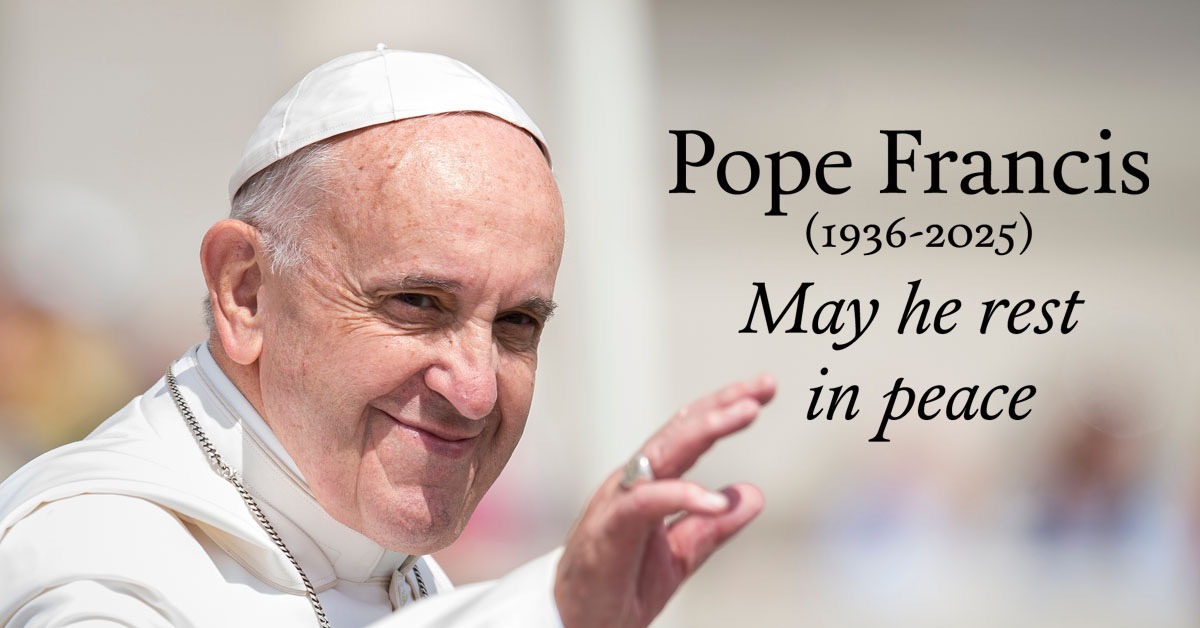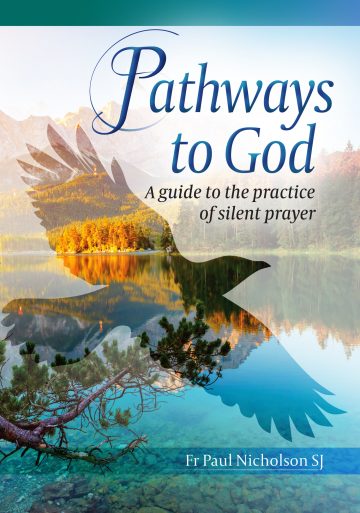“Have you said your prayers?”
When I was a child, my mother would ask me that each night before I went to sleep. Perhaps yours did the same.
So the idea of praying as speaking words to God came to me early on. Later I read in the gospel about a time when his disciples asked Jesus to teach them to pray. “Say this when you pray”, he said, and taught them the Our Father.
When Jesus had finished praying, one of his disciples said, “Lord, teach us to pray, just as John taught his disciples.” He said to them, “When you pray, this is what to say: Our Father …” [Luke 11: 1-2]
From set prayers to companionable silence
Reciting set prayers can take you a long way in building your relationship with God. For Catholics, the Our Father, Hail Mary, Glory be, rosaries and novenas are staple parts of the Christian diet. But for many, after years or perhaps decades, a desire for something more grows. The words, the familiar prayers, remain important. But they discover a deeper thirst.
This pattern is familiar from other human relationships. When a new friendship starts, two people want to tell each other all about themselves. They share their life-histories, their likes and dislikes, personal anecdotes and jokes. There’s so much to talk about!
But as the relationship deepens, it often becomes more still, more quiet, at least at times. Think of an old married couple sitting together in companionable silence.
Prayer improves with practice
The Church has various long traditions of silent patterns of prayer.
Although these have sometimes been thought of as reserved for contemplatives, for monks or nuns or priests, in fact, they can help anyone grow closer to God. St Ignatius of Loyola, founder of the Jesuits, taught many people to pray in these silent ways. Some, from St Francis Xavier to Oscar Romero, have found their lives transformed as a result.
Ignatius called these different ways of prayer “exercises”. He compared them with running and jumping, with the kind of things that you might do on a visit to a gym or a swimming pool.
These are prayers that have to be tried out, that will improve with practice. No-one gets fit if they only read about physical exercises but never do them. And no-one deepens their relationship with God just by reading about prayer.
You have to actually pray!
Pathways to God
That is why I was delighted when CTS approached me to put together a booklet offering a selection of prayer-exercises of this kind. It describes eleven different ways to pray, gives you step-by-step instructions on how to go about them, and invites you to try them for yourself. None of them involves using a lot of words, and so I write too about silence, and how we can all find and use it in a busy, noisy world.
“Saying your prayers”, speaking to God in your own words or those you’ve known since you were a child, will always remain important. But, as in any conversation, listening is just as important as speaking. The prophet Samuel was taught, when he was a boy, to respond to God by saying “Speak, Lord, your servant is listening”.
So Eli told Samuel, “Go and lie down, and if he calls you, say, ‘Speak, Lord, for your servant is listening.’” [1 Samuel 3:9]
I hope that the prayer-exercises in Pathways to God will help you to hear more deeply whatever it is that God wants to say to you.


